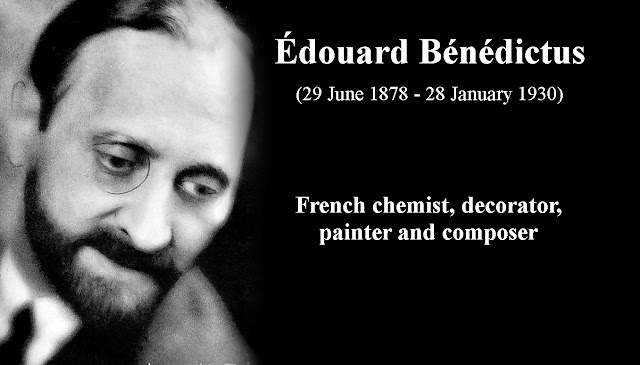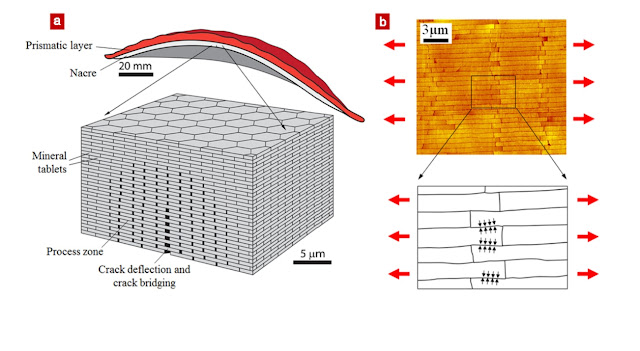The Natural glass, created by lightning strikes, is the first form of glass known to humans. On beaches and sandy deserts in areas where lightning storms are frequent, there are natural glass formations, formed by the high temperature of lightning.
Naturally occurring glass, especially the volcanic glass obsidian, has been used by many Stone Age
The first true glass was made in coastal north Syria, Mesopotamia or Egypt around the year 2500 BC. The earliest known glass objects were beads, perhaps initially created as accidental by-products of metal-working, or during the production of faience.
societies across the globe for the production of sharp cutting tools and, due to its limited source areas, was extensively traded.
Vessels of glass appeared around 1450 BC, during the reign of Thutmose III, a pharaoh of the 18th dynasty of Egypt. In the region of Near East were discovered in the 9th century BC, the techniques for making colorless glass.
The first glassmaking "manual" dates back to ca. 650 BC. Instructions on how to make glass are contained in cuneiform tablets discovered in the library of the Assyrian king Ashurbanipal.
During the 1st century BC, the Phoenicians discovered the glass blowing technique revolutionizing the industry. Glass vessels were now inexpensive compared to pottery vessels. Growth of the use of glass products occurred throughout the Roman world. The first glass bottles were produced in the Roman Empire in the same period.
During the 1st century AD the first window panes are thought to have been produced. The earliest panes were rough cast into a wooden frame on top of a layer of sand or stone.
Glassmaking skills in Europe declined after 3rd century AD, but Islamic glass continued the achievements of pre-Islamic cultures, developing a unique expression that was characterized by the introduction of new techniques and the innovation of old traditions.
Around 1000 AD, an important technical breakthrough was made in Northern Europe when soda glass, produced from white pebbles and burnt vegetation was replaced by glass made from a much more readily available material: potash obtained from wood ashes. From this point on, northern glass differed significantly from that made in the Mediterranean area, where soda remained in common use.
Until the 12th century, stained glass – glass to which metallic or other impurities had been added for coloring – was not widely used, but it rapidly became an important medium for Romanesque art and especially Gothic art. Almost all survivals are in church buildings, but it was also used in grand secular buildings.
The first eyeglasses were made in Northern Italy, most likely in Pisa, by about 1290.
In 1500s a method of making mirrors out of plate glass was developed by Venetian glassmakers on the island of Murano, who covered the back of the glass with a mercury-tin amalgam, obtaining near-perfect and undistorted reflection.
The earliest known telescope appeared in 1608 in the Netherlands when an eyeglass maker named Hans Lippershey tried to obtain a patent on one. Although Lippershey did not receive his patent,
news of the invention soon spread across Europe. Galileo improved on this design the following year and applied it to astronomy.
A very important advance in glass manufacture was the technique of adding lead oxide to the molten glass; this improved the appearance of the glass and made it easier to melt using sea-coal as a furnace fuel. This technique also increased the "working period" of the glass, making it easier to manipulate. The process was first discovered by George Ravenscroft in 1674, who was the first to produce clear lead crystal glassware on an industrial scale.
The development of systematic quantitative chemical analysis in 1808 by Jöns Jacob Berzelius, followed by chemical formulas and chemical equations, contributed a great deal to the establishment of large-scale industrial supply of purified raw materials.
In 1835, German chemist Justus von Liebig developed a process for applying a thin layer of metallic silver to one side of a pane of clear glass. This technique was soon adapted and improved upon, allowing for the mass production of mirrors.
The use of glass as a building material was heralded by The Crystal Palace of 1851, built by Joseph Paxton to house the Great Exhibition.
Francois Barthelemy Alfred Royer invented the Tempered glass by quenching almost molten glass in a heated bath of oil or grease in 1874.
In 1887, the mass production of glass was developed by the firm Ashley in Castleford, Yorkshire. This semi-automatic process used machines that were capable of producing 200 standardized bottles per hour, many times quicker than the traditional methods of manufacture.
In 1903, Edouard Benedictus, a French chemist accidentally invented the bulletproof glass.
The Boley Building built in 1909 in Kansas City, Missouri is considered as the first metal-and-glass curtain wall building in the world. It was followed by The Hallidie Building built in 1918 in San Francisco.
Between 1953 and 1957, Sir Alastair Pilkington developed the revolutionary float glass process, the first successful commercial application for forming a continuous ribbon of glass using a molten tin bath on which the molten glass flows unhindered under the influence of gravity. Modern windows are made from float glass.
In 1984 the First fluoride glass was discovered at the University of Rennes in France. Fluorite glass is a type of low-dispersion glass. Optical groups made with low dispersion glass have a very low dispersion (color spreading), so optical groups made with fluorite elements exhibit less chromatic aberration than those utilising a traditional flint glass.
In 2014, researchers used lasers to create an analogue of nacre by engraving networks of wavy 3D "micro-cracks" in glass microscope slides. When the slides were subjected to an impact, the micro-cracks absorbed and dispersed the energy, keeping the glass from shattering.













